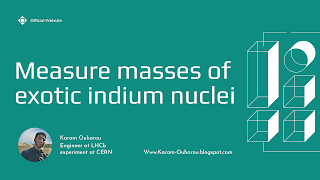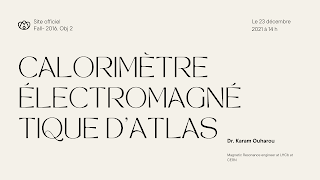Algebraic Topology - String Topology
Algebraic Topology The notion of shape is fundamental in mathematics. Geometry concerns the local properties of shape such as curvature, while topology involves large-scale properties such as genus. Algebraic methods become important in topology when working in many dimensions, and increasingly sophisticated parts of algebra are now being employed. In algebraic topology, we investigate spaces by mapping them to algebraic objects such as groups, and thereby bring into play new methods and intuitions from algebra to answer topological questions. For example, the arithmetic of elliptic curves — which was at the heart of Andrew Wiles' solution of the Fermat conjecture — has been lifted into topology, giving new and very powerful tools for the study of geometric objects. Our department has played a seminal role in this line of research, which has now flowered into a m...





